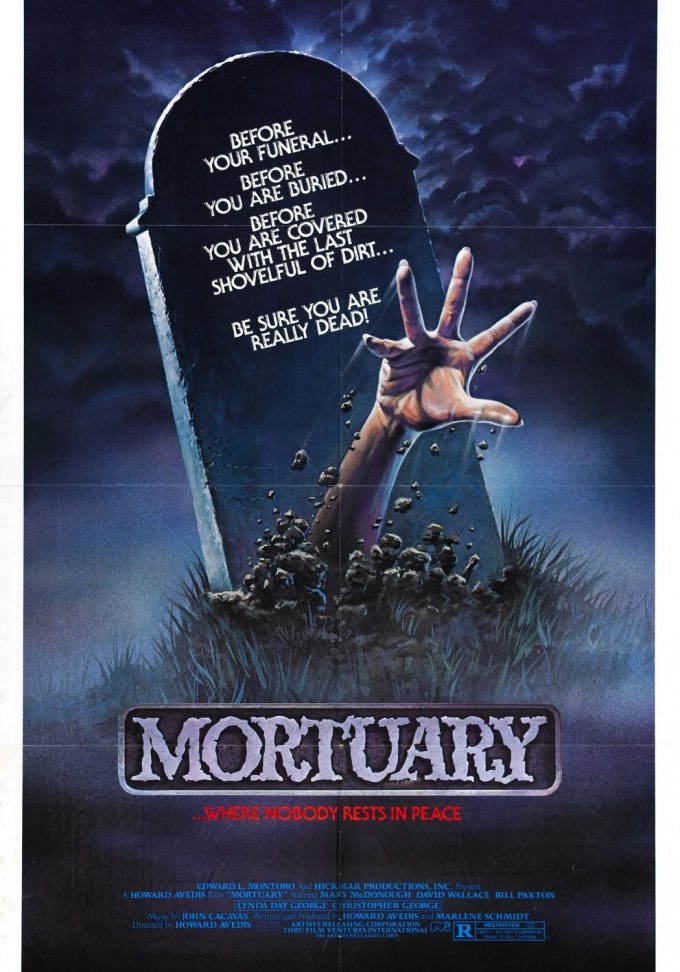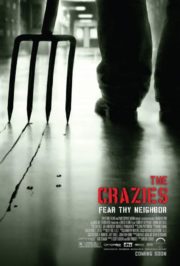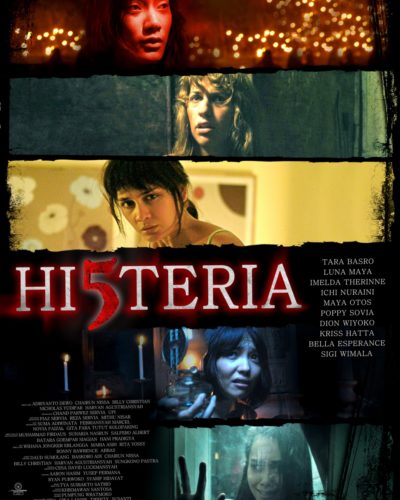“Death is just the beginning…” – The Chilling Echoes of Mortuary (1983)
With a haunting line like “Death is just the beginning…”, 1983’s horror offering, Mortuary, invites its viewers into a world of the macabre directed by Howard Avedis. The intrigue begins as we follow Christie Parson, a young woman grieving over her father’s mysterious death, only to stumble upon darker revelations. Teetering on the brink of the supernatural, the storyline takes us through bizarre mortuary practices, where the dead may not be as dormant as one would hope, and where shadows cast long, unsettling paths into the characters’ lives.
Ghastly Ambiance and Piercing Tension
The horror of Mortuary is cloaked in its ability to weave an atmosphere filled with dread and suspense. Rather than relying on outright shocking visuals, the film crafts its terror through a lingering sense of foreboding that feeds on the audience’s psyche. Director Howard Avedis astutely orchestrates a slow build of tension, with scenes that smolder before flaring up into frightful conclusions. The horror becomes a creeping vine – a presence felt even when not directly seen.
Lurking Shadows: Cinematography and Eerie Sounds
- Cinematography and Visuals: The gloom of the mortuary and the stark lighting provide ample playground for the cinematographer. Shadows seem to crawl along the walls, and the color palette of dreary blues and grays encapsulates the viewers in an ever-tightening grip of melancholy and impending doom. Camera angles are used with deft precision, often taking the viewer’s perspective to places of discomfort, peering around corners or through keyholes, as if something unspeakable lurks just out of sight.
- Soundtrack and Sound Effects: The eerie silence that pads the film is sharply punctured by a score that knows when to withdraw and when to swell into an overriding sense of panic. Sound effects are sparingly used, but when they occur, like the spine-chilling clink of embalming instruments or the sudden, ghastly wail of a inhuman voice, they reverberate long after they’ve fallen quiet.
Flesh and Fear: Performances That Chill
The ensemble cast navigates the chilling narrative with varying degrees of effectiveness. Central characters are portrayed with enough depth to pull us into their horror-struck reality, complemented by commendable performances that evoke empathy as well as fear. The true test of any horror film often lies in its characters’ believability in the face of terror, and in Mortuary, the terror is as much in their eyes as it is in their screams.
Haunting Conventions and Fright Tactics
- Type of Horror: Mortuary melds supernatural elements with the psychological to fracture the boundaries of what is real and what is not. It skates the edge of genre conventions, playing with the audience’s expectations and, at times, subverting them entirely.
- Fright Methods: The film artfully employs psychological horror alongside the occasional jolt of gore and abrupt shock. These tools are orchestrated in such a way that their impact resonates, leaving audiences with a lingering unease.
- Underlying Themes: Subtext ripples beneath the film’s surface, confronting themes of loss, the struggle with acceptance of death, and the perversion of the sacred rest. It poses questions without heavy-handedness, allowing viewers to peer into the darker corners of human nature and mortality.
A Verdict from the Shadows
As a piece of horror cinema, Mortuary delivers a substantial chill factor, favoring atmospheric tension over outright shocks. Its genuine effort at building creeping dread is noteworthy, if not seminal in its execution. Fans of slow-burning, 80s horror will find a comfortable – if eerie – home here, while casual viewers may regard it with a degree of detachment. However, its devotion to mood and character-driven dread may still offer a draw for those unaccustomed to the genre.
While Mortuary may not reinvent the wheel of horror the way contemporary genre titans do, it stands on its own merits, worthy of attention for its dedication to crafting a somber, suspenseful experience. Beware, for this film might not be suitable for the faint of heart or those distressed by scenes of the macabre and the mournful dead.
In conclusion, Mortuary can be applauded for its admirable pursuit of horror by means of atmospheric pressure and psychological depths. Though not without its faults, such as occasional pacing issues and dated effects, it remains an intriguing artifact of its era. Recommend it to those poised for a tale that sends whispers along their spine, to shudder under cover, questioning what may linger just beyond the veil of life and death.




